Quick Links
In the 2025 Monster Manual for Dungeons & Dragons, the arch-hag emerges as the apex of hag-kind (and fey in general), embodying immense power and malevolence. These CR 21 fey beings are immortal, cunning, and dangerously capricious, often serving as formidable adversaries in high-level campaigns.
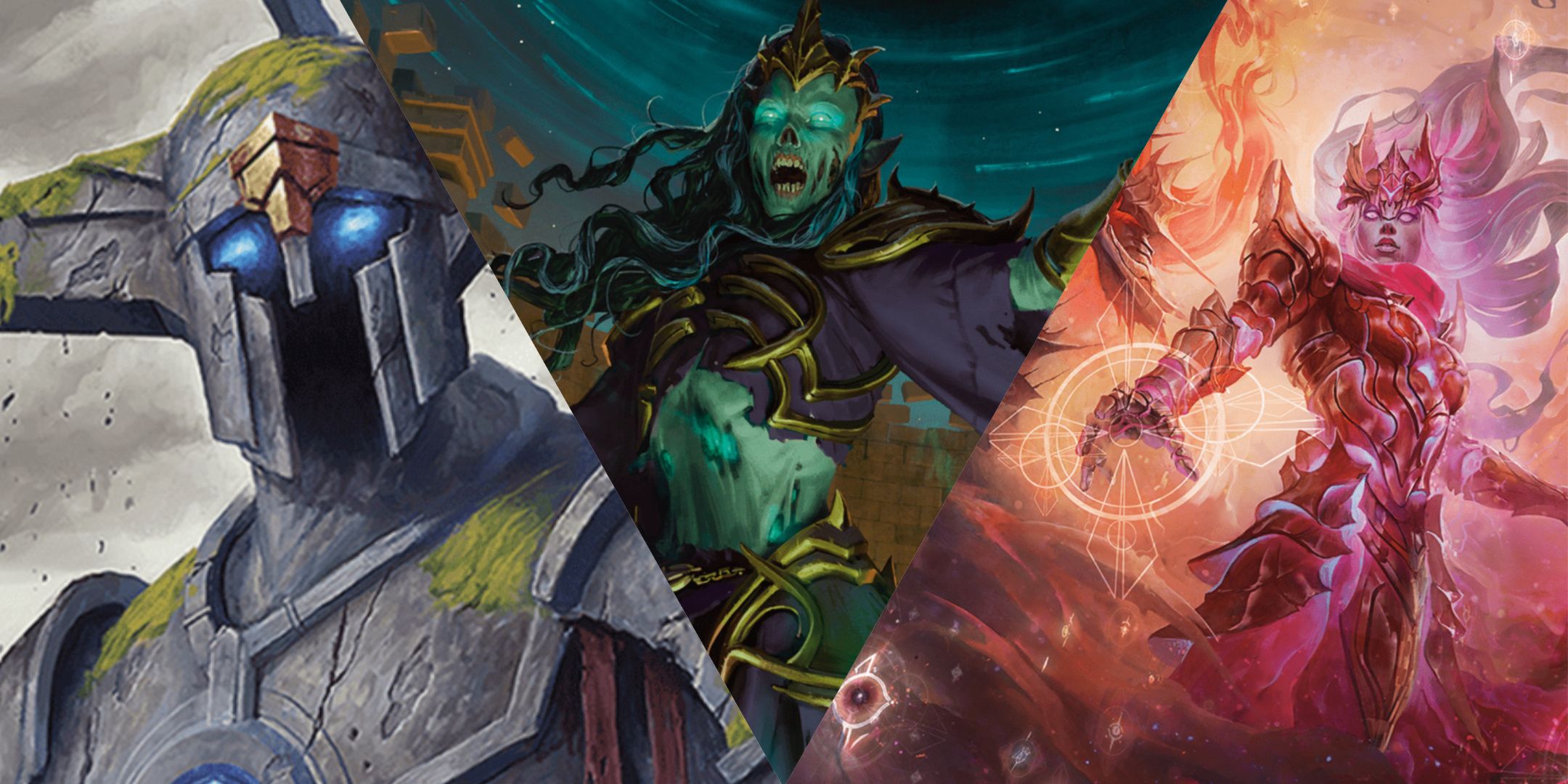
Related
Dungeons & Dragons: 10 Deadliest Monsters In The 2025 Monster Manual
These monsters in the 2025 Monster Manual are no joke.
Renowned for their mastery of dark magic and manipulation, arch-hags, such as the infamous Baba Yaga, weave intricate plots that challenge even the most seasoned adventurers. In this guide, we delve into the nature of arch-hags, exploring their origins, abilities, and the unique challenges they present to those who dare to confront them.
What Is An Arch-Hag?
An arch-hag is the most powerful version of the hag creature group, often reaching such heights thanks to the secrets they hold, and the powers that allow them to live for millennia. For many, they are the only answer in a desperate situation, with prices too steep to pay.
Like most other hags, arch-hags are native to the Feywild, embodying the worst aspects of that plane. They are the archetypical witch of the woods, with the power to deal with direct confrontations but plots that revolve around deceit, curses, and dark transformations.
Typically, hags look like old crones with crooked bodies and greenish skin, but each of them can look uniquely different. An arch-hag often has features that accentuate their fey nature, such as stag horns or hooved legs, but that isn’t always the case: the most famous arch-hag, Baba Yaga, looks like a regular (if old) human female.
Covens And Other Hags
The 2025 Monster Manual has a few hag variants other than the arch one: the green, sea, and night hags in particular. All hags come with the trait Coven Magic, letting them cast several spells (all themed around finding something) as long as two or more hag allies are nearby.
While night hags are classified as fiends, they can still form covens with hags of the fey creature type.
This is to represent the fact that hags often form covens with other hags, all of them working to further a similar twisted goal. An arch-hag can be the leader of a coven of lower CR hags; you don’t have to include two more arch-hags if you want to use the Coven Magic trait.
Hag Origins And Reproduction
It is ultimately up to the Dungeon Master to determine how exactly new hags are made or where they come from, but they are often twisted creatures of the Feywild. Beyond that, they could be cursed spellcasters or be born with their terrible guises, although many real-world folk tales have hags stealing babies and replacing them with cursed copies.
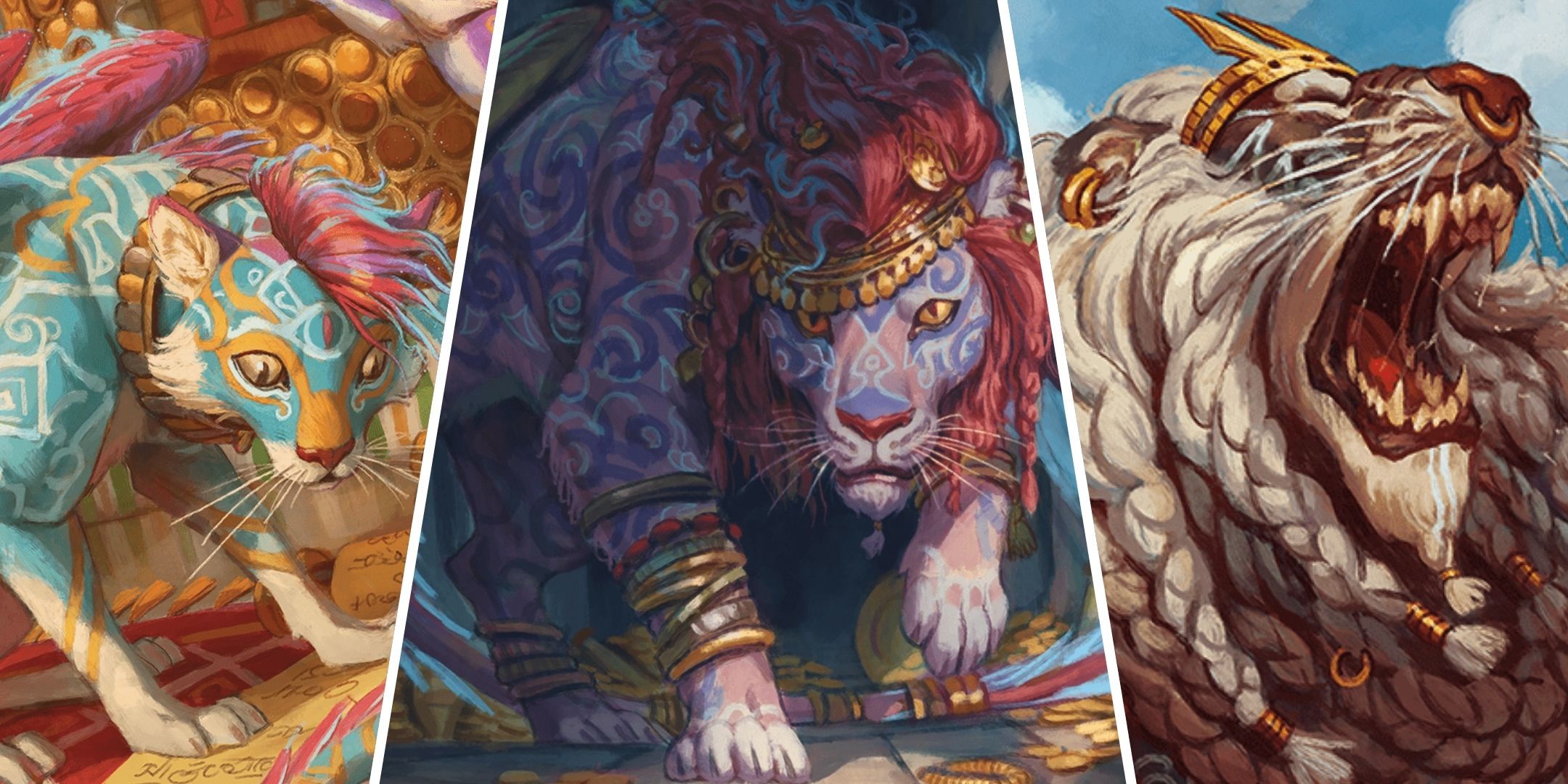
Related
Dungeons & Dragons: All Sphinx Monsters, Ranked
Conniving and powerful, sphinxes are a powerful enemy to throw at your Dungeons & Dragons party.
One change in this respect is relevant, however, at least when considering the 2025 Monster Manual: the introduction of male hags. This not only opens up more visual differences to how a hag may look, it can also offer a simpler, if a bit dull, explanation of where new hags come from.
The Arch-Hag In Combat
As a CR 21 creature, an arch-hag can be a challenge for any well-prepared party, and turn everything they try to do on its head. They can cast various curses throughout the fight, removing reactions from players, silencing them, and giving them disadvantage on D20 tests.
The arch-hag has all these curses so it can later use Witch Strike as a bonus action, dealing damage to all creatures cursed by the hag in the vicinity. The fight has the players in constant pain as their offensive options are removed one by one.
The arch-hag will rarely start combat on its own, preferring to strike a deal of some kind. Most other hags open up a conversation while magically disguised as a different creature, but arch-hags lack that ability; it is likely that their reputation precedes them to the extent that they have no need for illusions.
The Hag’s Lair
While all hags live in magically-altered places, arch-hags have a particularly corrupting presence. The area surrounding their lair makes social understandings difficult, and causes spellcasters to cast Confusion on themselves the first time they cast a spell each day.
The party might expect a difficult fight forward, choosing to long rest before facing the arch-hag, spelling their doom. On top of everything the hag already does, they now have to deal with the Confusion spell, possibly without realizing what is causing all the chaos.
The Anathema
Rushing face-first into an arch-hag fight is always a bad idea, but it is made worse by the fact that, in regular circumstances, an arch-hag can’t be slain. Instead, it drops to one hit point if defeated and teleports to a harmless demiplane, cursing the whole party to suffer a curse.
While they are cursed, the arch-hag always knows where the party is, no matter where they are in the multiverse. Narratively and mechanically, the party will now constantly be looking over their shoulder for the next time the hag strikes, possibly having learned from the group’s tactics.
To properly kill an arch-hag, it needs to be within 30 feet of its anathema, often represented by a tiny object. What the anathema is isn’t immediately apparent, and the party has to do their own research to figure this out, although it is often tied to the arch-hag’s past.
The Arch-Hag In A Campaign
While arch-hags make for great villains, they can also work as information brokers for the party. They have the potential to know every secret the party might need, and would ask for all kinds of strange quests in return for such information; while the task might be dangerous, a hag always honors its bargains.
Heroic characters might not want to deal with hags, but the quest could align with their ideals: the hag could ask for the head of a chimera for her potions, and the party gets to save the countryside from a terrifying monster on the way.
Having such a dangerous character as a ‘friendly’ NPC can also prevent the party from trying to gain information by force. An arch-hag is a deeply powerful creature, and if the players are foolish enough to cross one, they will have a new foe to contend with in their future.
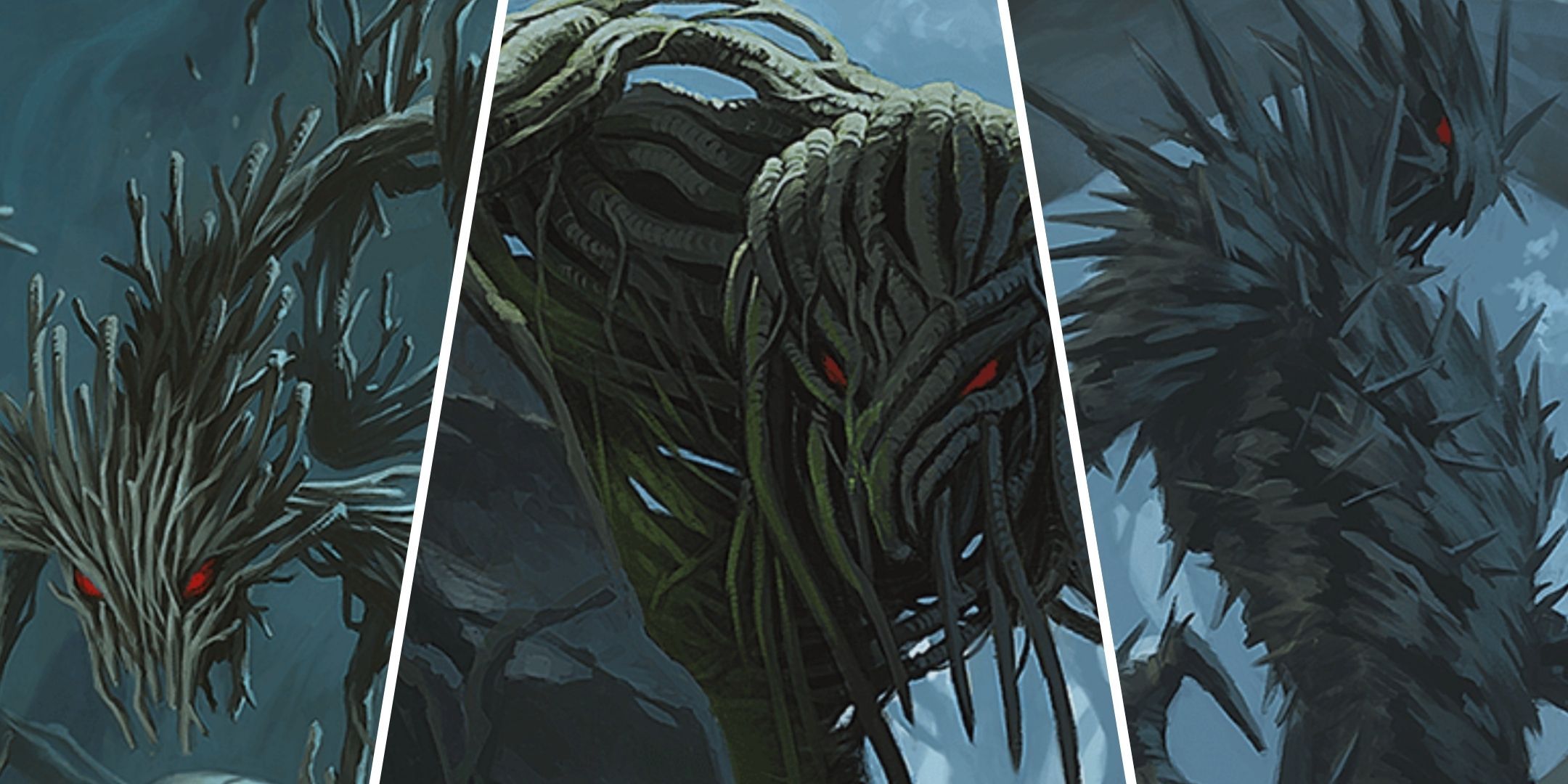
Next
Dungeons & Dragons: All Blight Monsters, Ranked
For these D&D blights, their bark is just as bad as their bite.
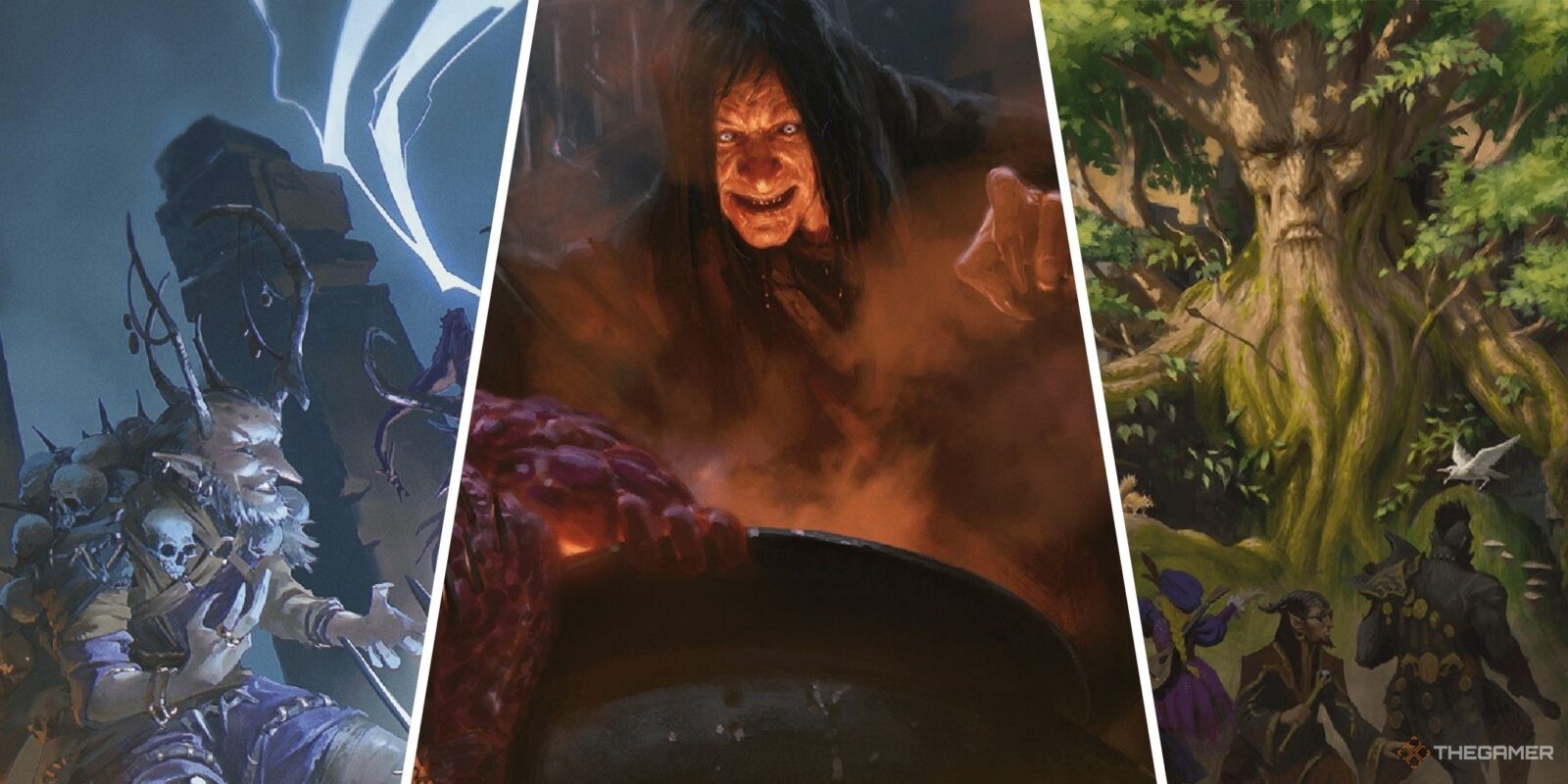
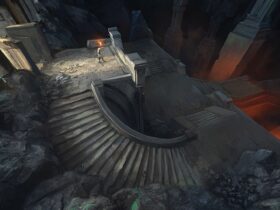
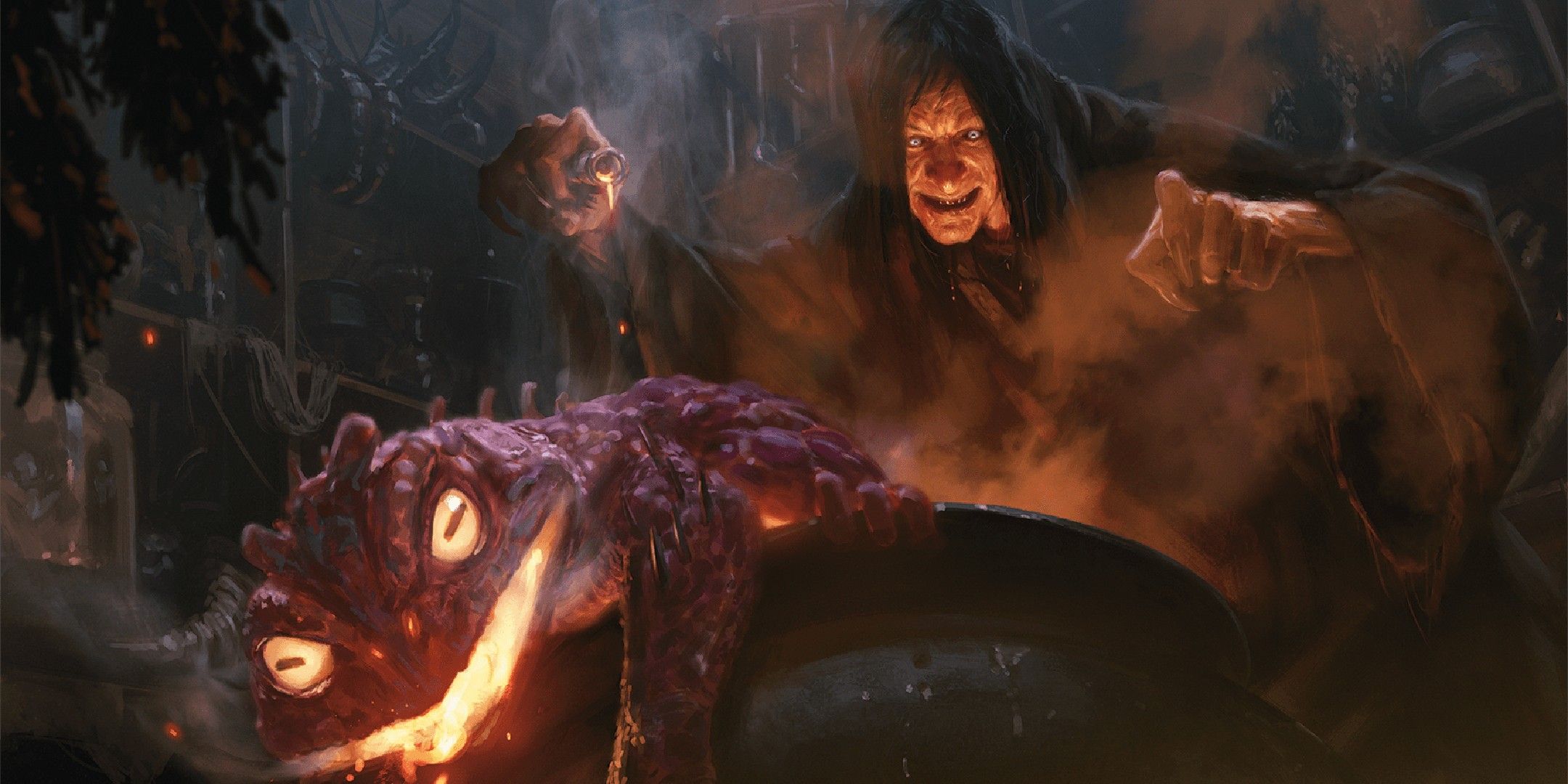
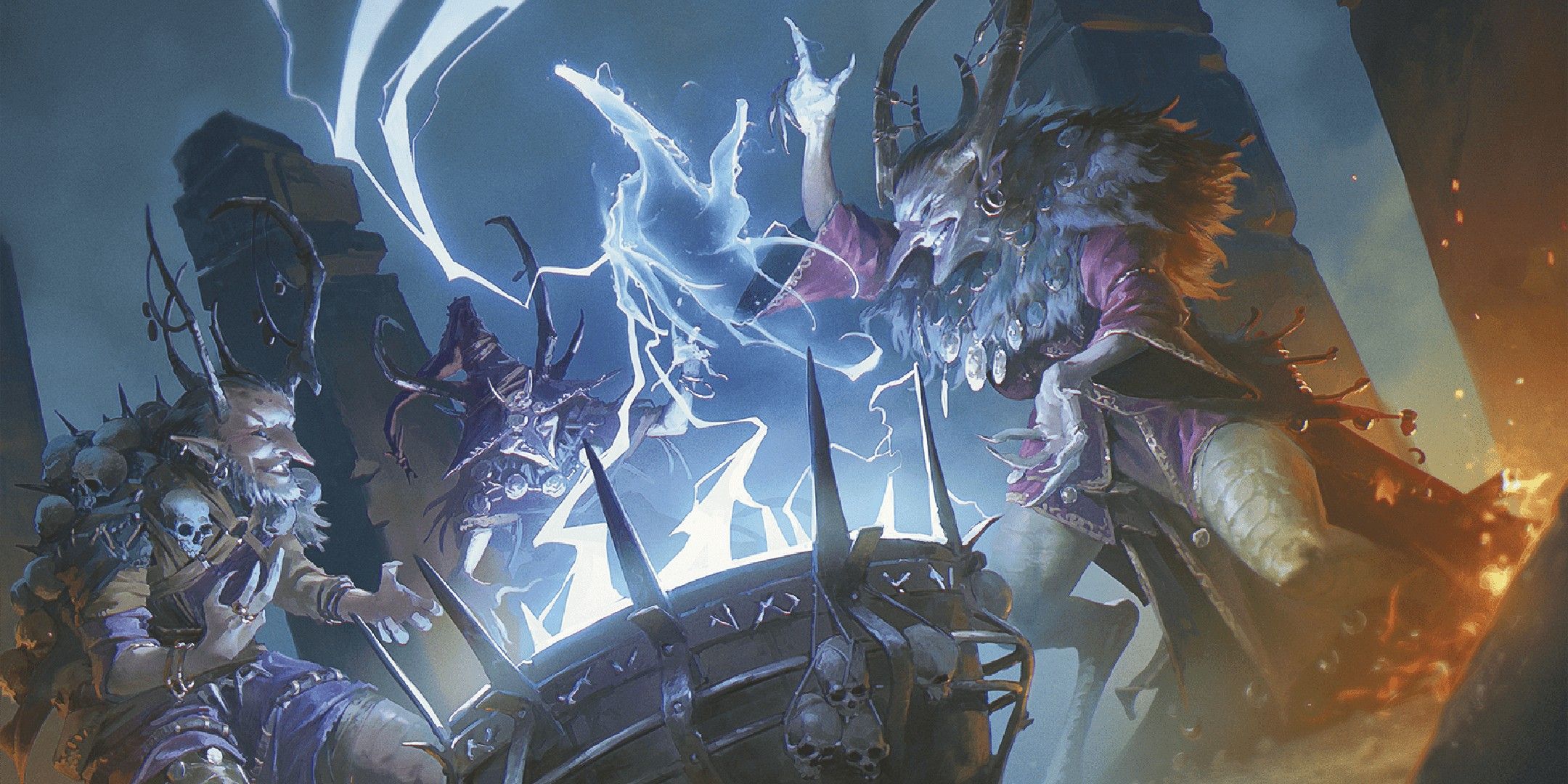
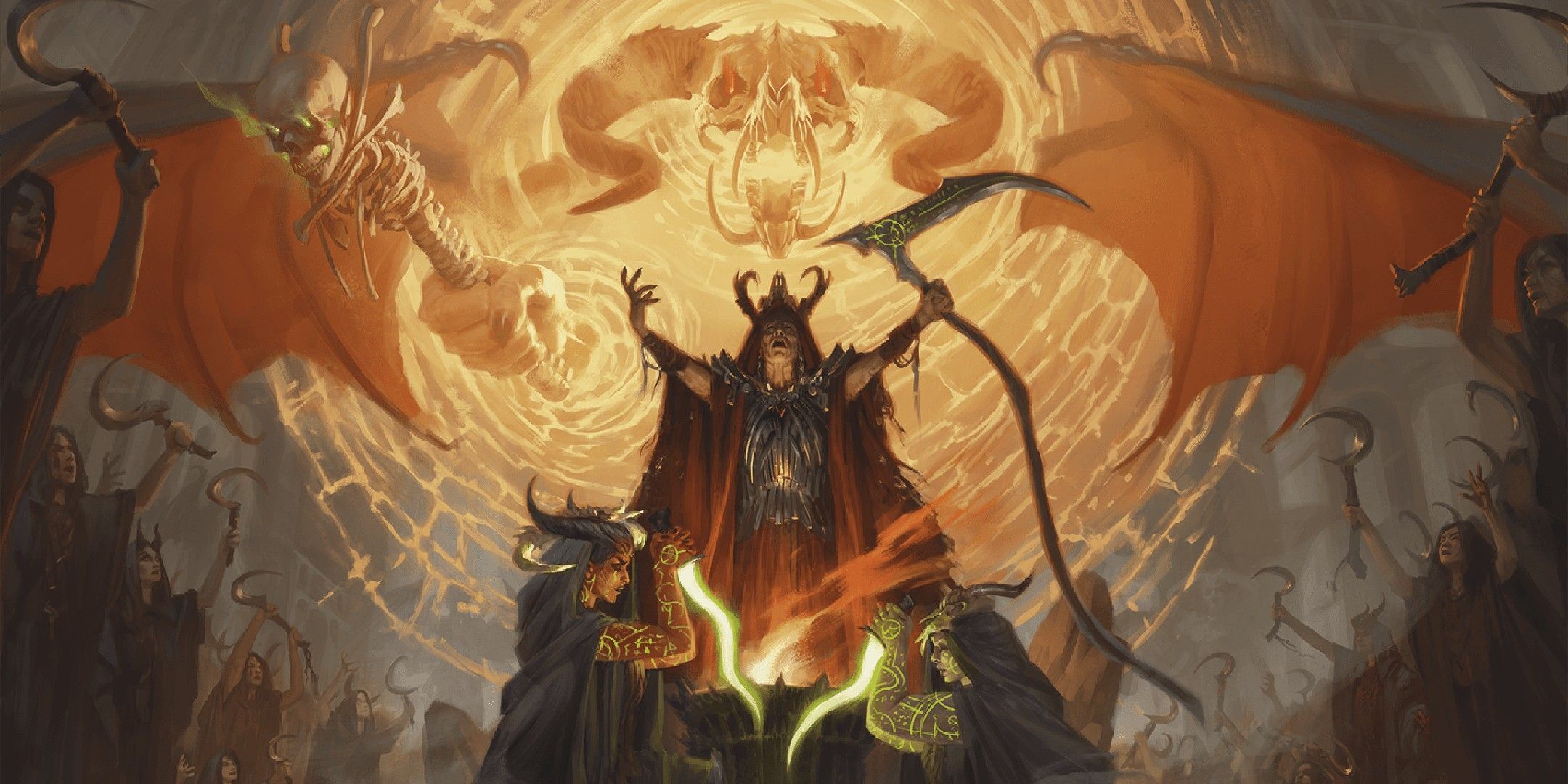
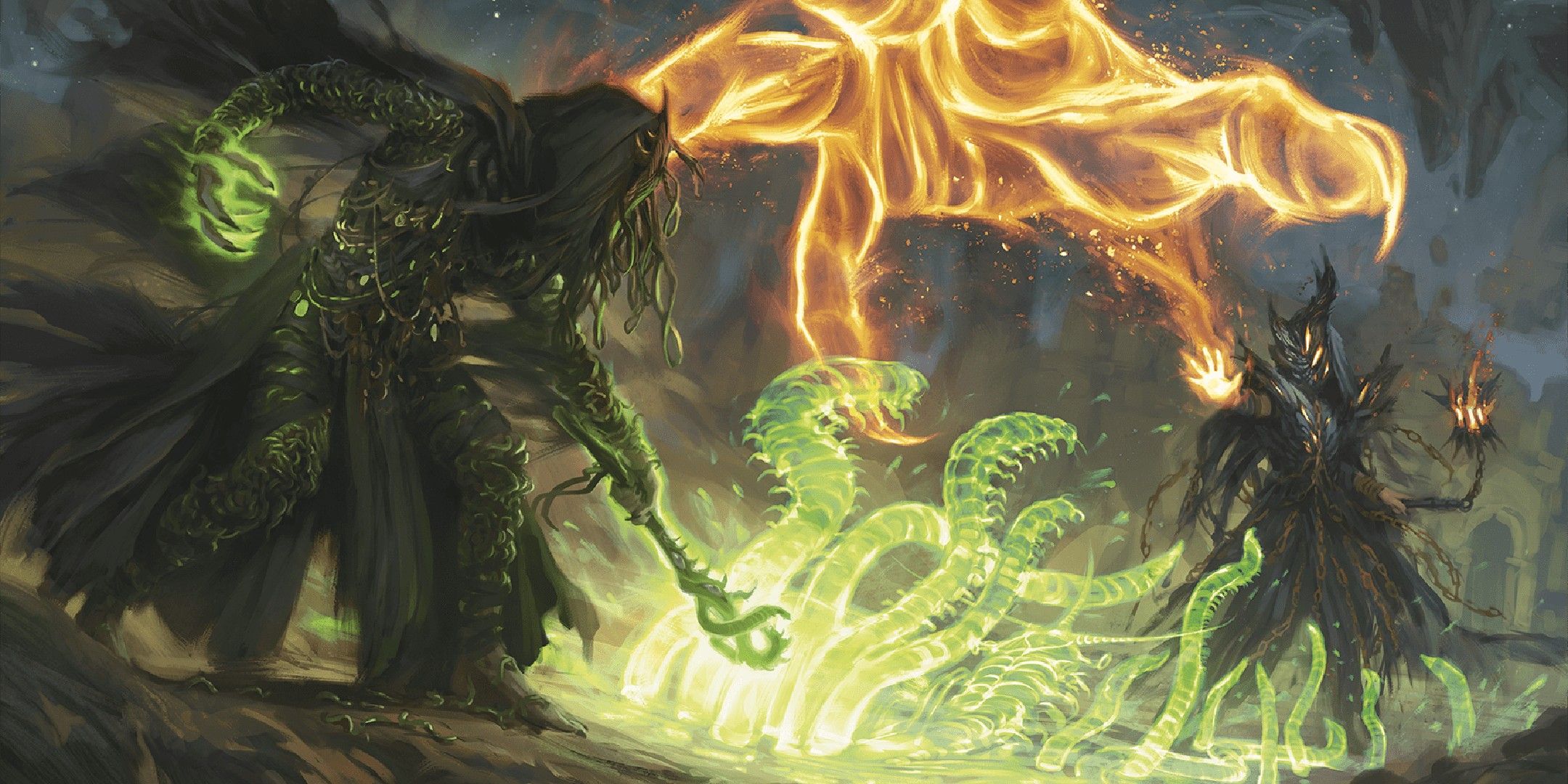
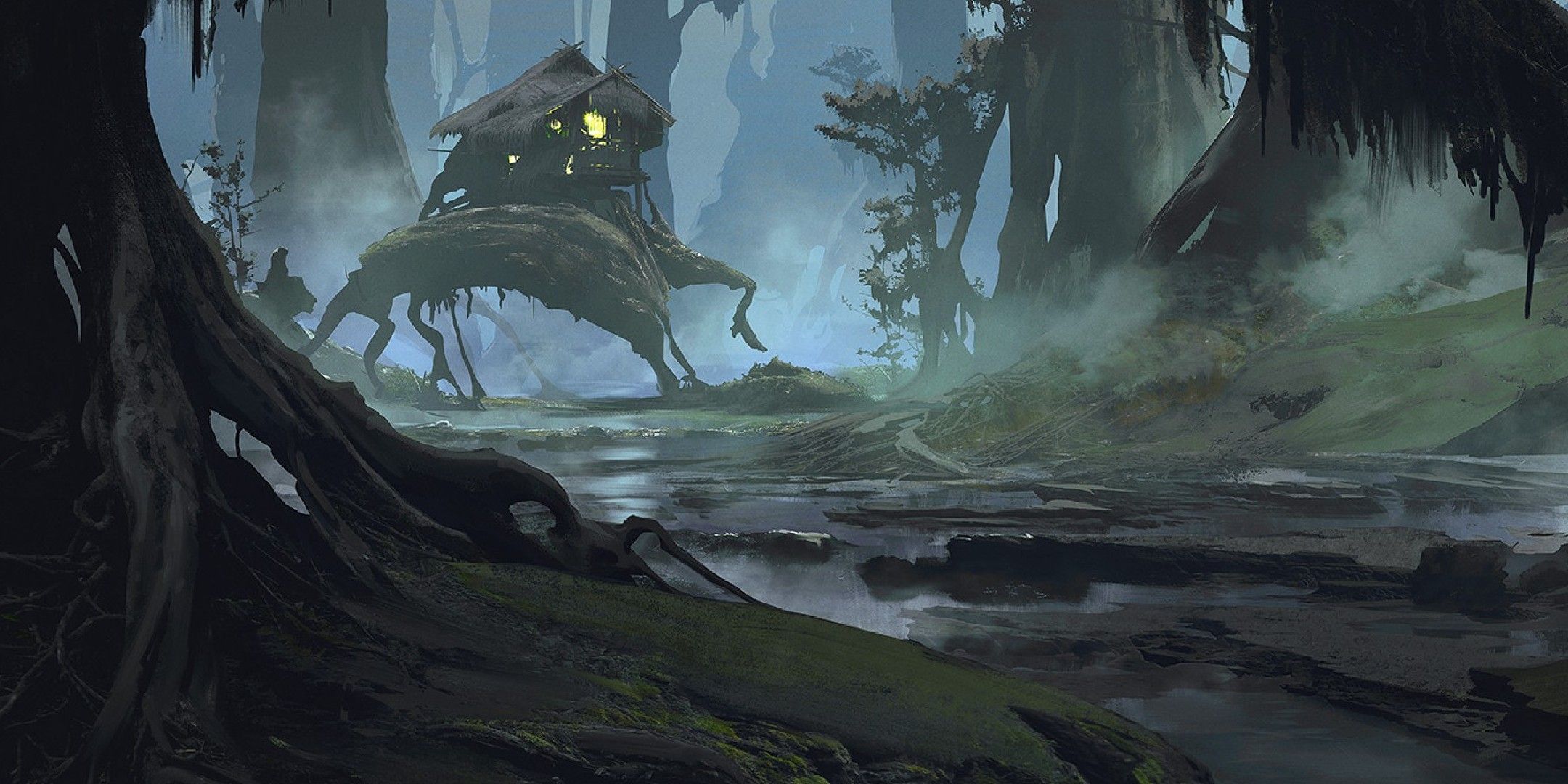
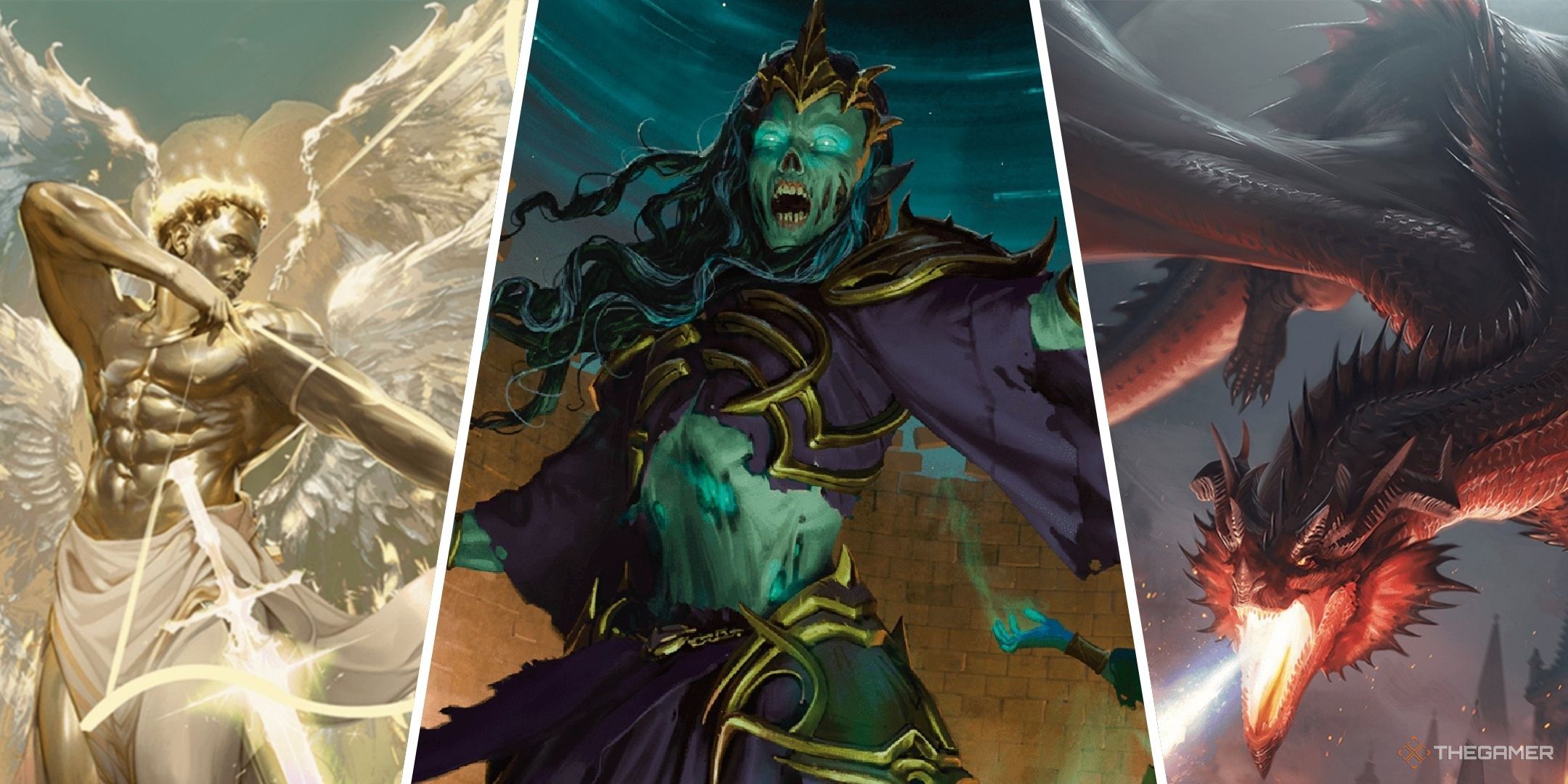
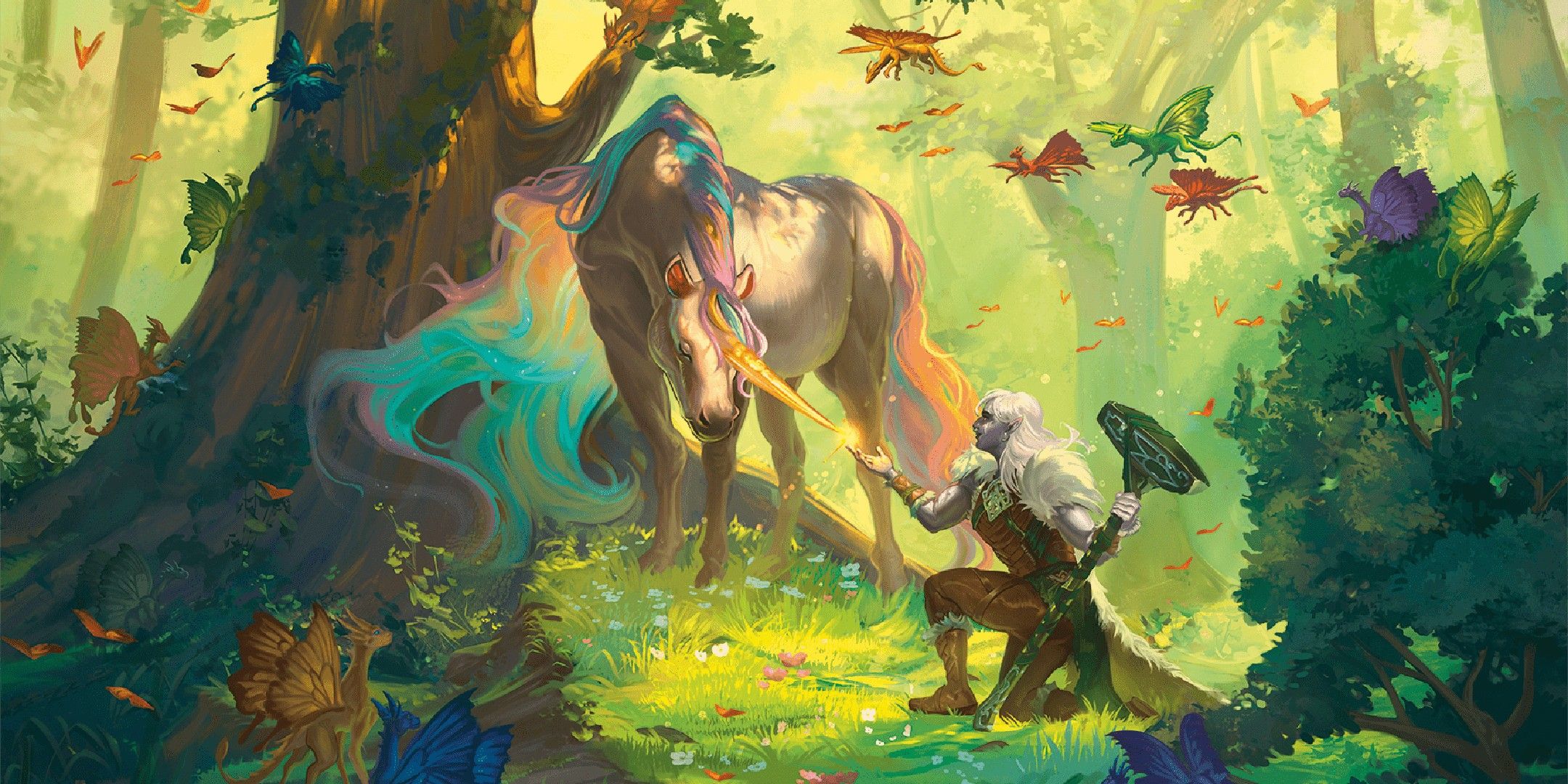
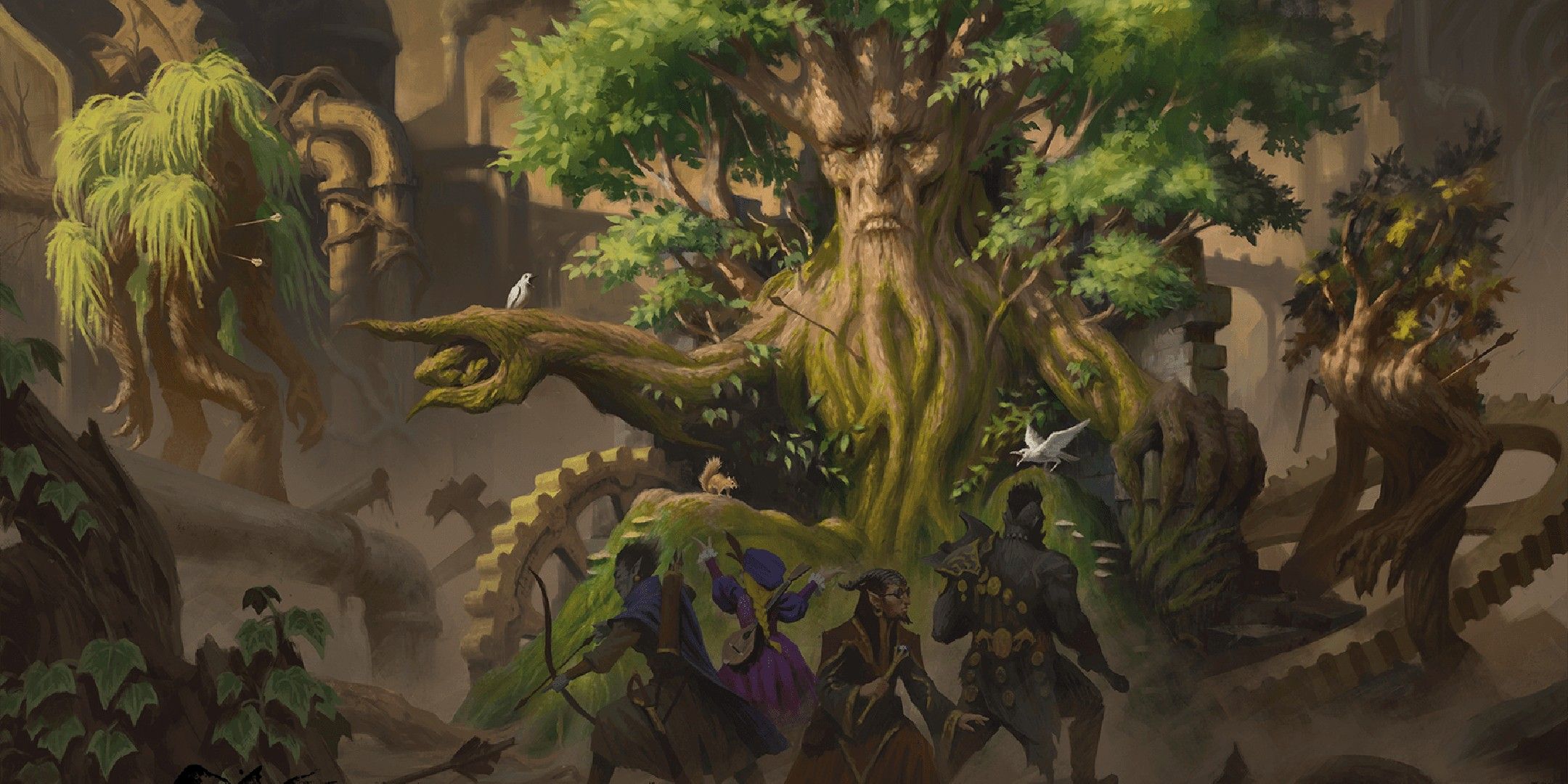






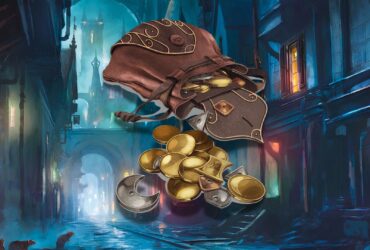


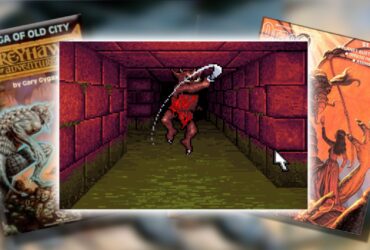
Leave a Reply